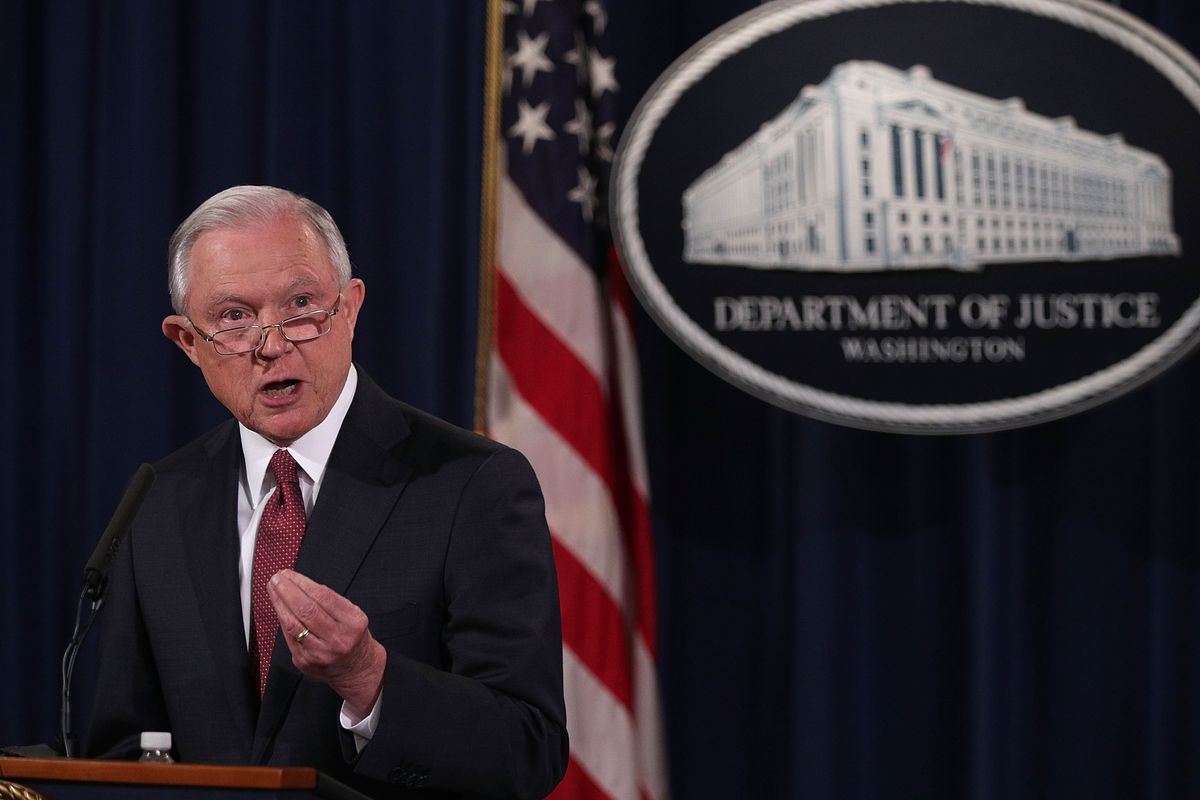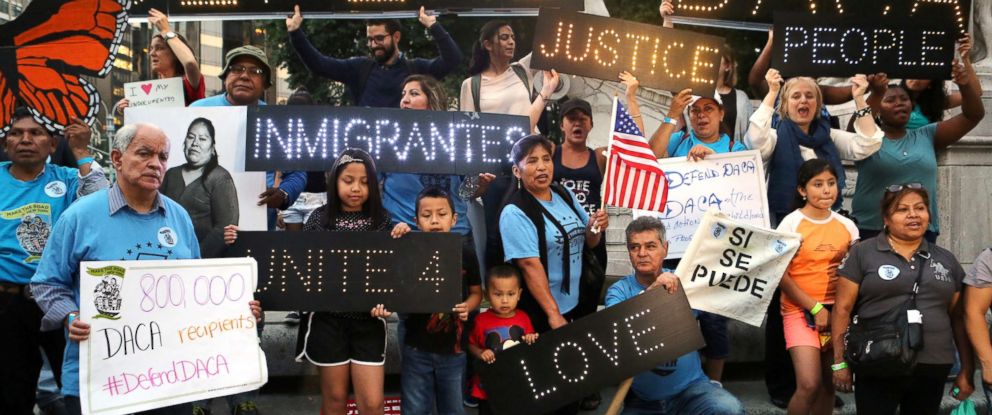By Jordan Jenkins
On September 5th of this year, Attorney General Jeff Sessions announced that the Trump Administration would initiate the process of rescinding the Obama-era program known as Deferred Action for Childhood Arrivals, or DACA. The decision came after months of speculation on the programs fate, seeing as President Donald Trump has continually sent mixed signals on his stance toward the program throughout his presidency.
However, even now there is a cloud of uncertainty surrounding the program and what will happen to the approximate 800,000 individuals it serves, as members of Congress rush to find a legislative solution and President Trump continues to give different signals within his statements.
First introduced by legislators in 2001 as the DREAM Act, and then put in place by the Obama Administration via executive order in 2012, the DACA program serves childhood arrivals, or individuals without a legal immigrant status who arrived in the United States as minors. Its founding idea is that many of these young people have spent the majority of their lives within the United States and have little to no connection with their nation of origin. Those who are accepted into the program receive a renewable, two-year deferred action status, allowing them to pursue education or enter the workforce. To be eligible, applicants must have entered the United States before the age of 16 and could not have any felonies or serious misdemeanors, lest they have their status stripped from them.
Multiple pieces of data and economic studies have shown the impact of the program to be generally positive. A study conducted by the Immigration Policy Center states that the program has increased the accessibility of resources, such as jobs, healthcare, and higher wages for its recipients. Other studies, such as the one published by the CATO Institute on in January of this year, have looked at the external impact of Dreamers on the American economy and estimated a total of around $280 billion dollars in economic growth would result out of the program over the next 10 years. Polls have also shown it to be generally popular with the voting public.
Yet, some political factions continue to oppose the program and push for its reversal. Some hold issue with the fact that DACA was put in place by an executive order by President Obama, while others simply oppose the very existence of these individuals within the country and believe they should receive no mercy from the federal government.
President Trump sits at the very crossroads of these views on DACA. As someone who had been hardline on issues of immigration on the campaign trail, it was somewhat predictable that he would move to have it ended. Countless statements throughout the length of his presidency, however, have sent seemingly contradictory signals on his position. For example, in an interview with ABC News in January of this year, he stated in reference to Dreamers, “They shouldn’t be very worried. I do have a big heart. We’re going to take care of everybody.”Now, lawmakers are rushing to get a legislative replacement for the program established, but the potential such legislation has for actually becoming law is unknown. All the while, the lives of hundreds of thousands of residents hang in the balance.
We wished to speak with some students who had been impacted by the DACA program, or were perhaps Dreamers themselves, but we received no returns for our offer. Mr. David Cintron, a reading teacher who works with many English language learners here at Apopka High School, shared his opinion on the situation with DACA and why so many students declined to share their stories.
“The Blue and White recently requested that I pitch a story to some of my students. The newspaper is interested in the DACA program that protects law-abiding, academically achieving young people who were children when their parents brought them to the US without proper documentation. More to the point, the newspaper is interested in Trump’s and Republicans attacks on this program that offers protection to qualified young people who are demonstrably building productive lives in the US and creates a path towards legal residence and citizenship for them. I reached out to students who qualify for DACA if they would answer an anonymous questionnaire about their experiences. I’m a resolute believer in sharing experiences…sharing truth to dispel myths, misunderstandings, falsehoods, and ignorance. Suffice it to say, I know how to make a pitch. No one bit. No one wanted to answer a questionnaire that would remain anonymous. My students love me. I know because they tell me. My students trust me. I know because they tell things that only trusted teachers are told. Still…no one trusted me with this kind of experience. The stakes are too high. To qualify for DACA means to be undocumented. To be undocumented is to risk deportation. Deportation splits families. Sometimes only one parent and/or older children are undocumented. Some of these children were so young when they left their first countries that they have very limited ties to the country, the language, the culture, the opportunities there. Many of them left their first countries because of dire conditions that await them should they be forced to return. My students trust me…just not this much. For many in our Darter community, DACA and undocumented immigration are abstract talking points. It’s a hot-button topic that stirs emotions and wins votes. For other people living and producing among us, it’s a carefully guarded secret that can’t be shared with anyone.”
In the end, the future is uncertain for Dreamers. As it currently stands, it seems that those eligible for DACA who have renewed their permits before October 5 will have their deferred status respected by immigration authorities until March 5 of next year, when all permits will expire. Lest Congress acts before then, Dreamers could become eligible for deportation, leaving many young people anxious about their fate.
(picture of AG Jeff Sessions provided by Getty Images and obtained via Vox Media)

